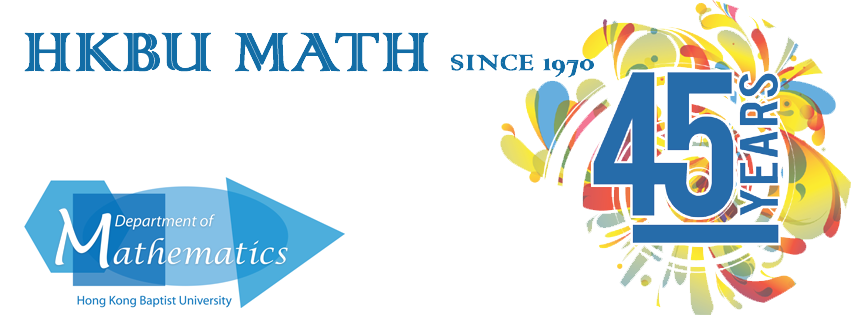Abstract
Solving complex quantitative problems requires numerical computation. We want numerical algorithms to
be rigorously justified so that we can trust their answers. We also want numerical algorithms to adapt their
computational effort to match the difficulty of the problem. Sadly, it is rare for numerical algorithms to be
both adaptive and guaranteed to succeed. We propose a paradigm for correcting this deficiency.
We begin with a problem familiar to calculus students: integration over a finite interval. We explain why
the trapezoidal rule error bounds taught in calculus classes are impractical and why the error estimates
taught in computational mathematics classes are flawed. We develop alternative, rigorous, data-based error
bounds for cones of integrands.
We then look at (quasi-)Monte Carlo simulation for estimating the mean of a random variable or the value
of a multidimensional integral. Again the idea of a cone of inputs allows us to rigorously bound the error.
These algorithms are available in our Guaranteed Automatic Integration Library (GAIL), which we demonstrate
with examples from computational finance and other areas.
Finally, we suggest computational skills that mathematicians must learn to contribute meaningfully to the
computational science and engineering enterprise. These skills go beyond what is now commonly taught.


